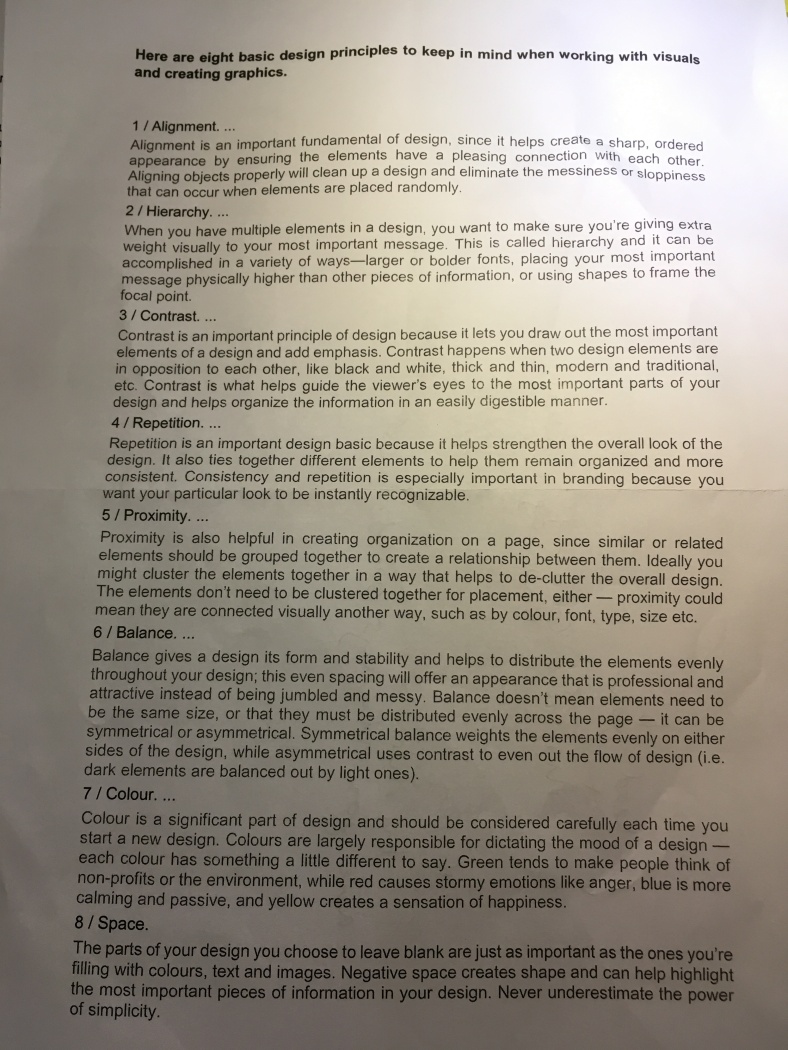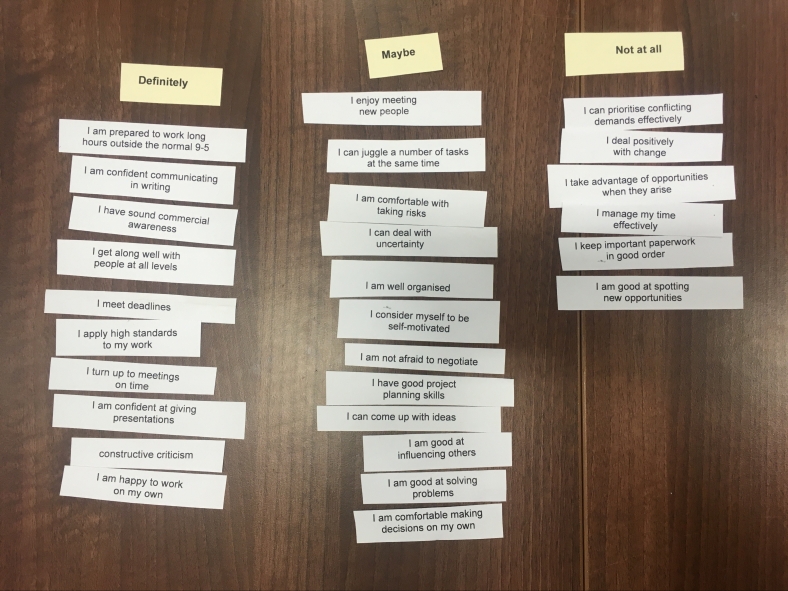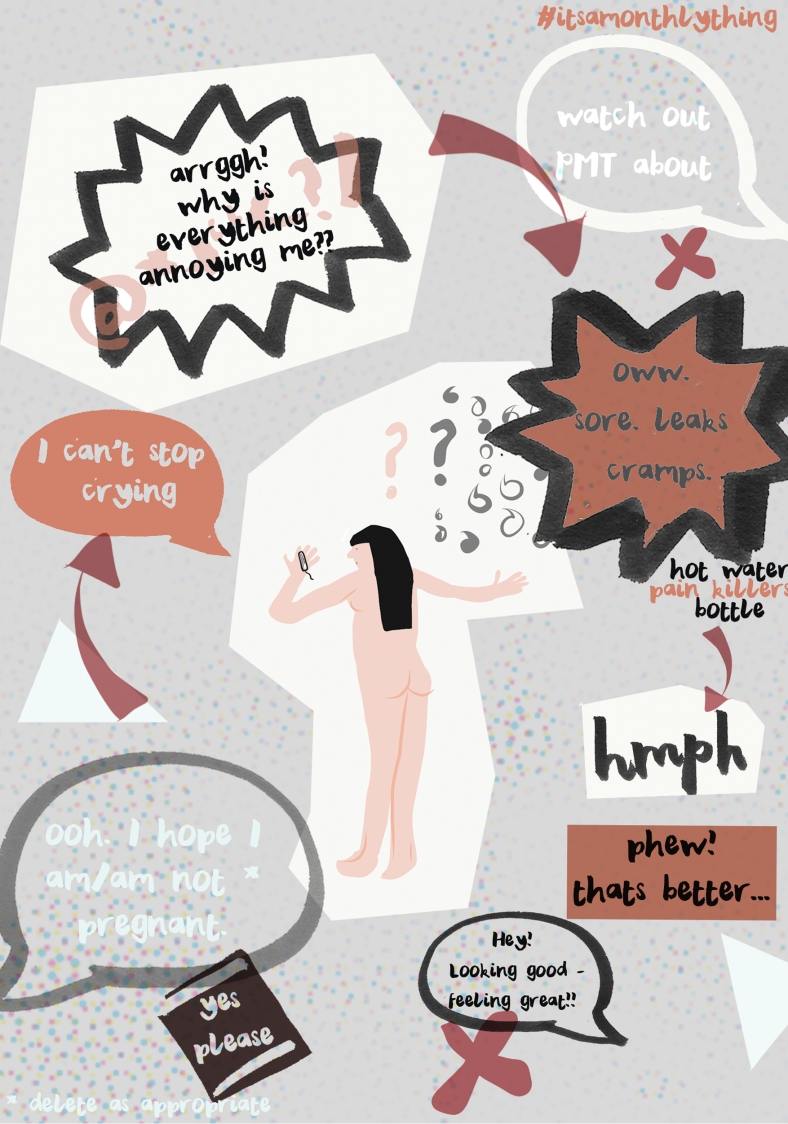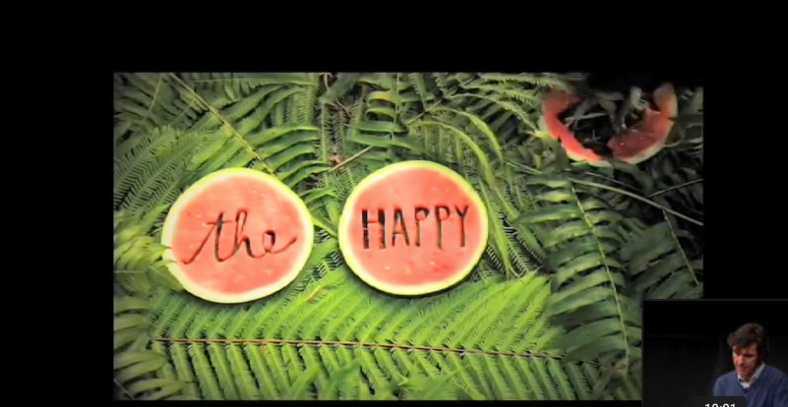So in both the modules I’m studying this year we’ve started 2 new briefs in the last few weeks, both of them I’ve discovered are wide open and before anything else can begin I need to decide what I am doing.
I’ve been sort of randomly searching online, following one link to another. Whilst I am learning, reading and researching its expanding my choices more with each click. I feel like it might help tried to bring both briefs around the same subject, but I don’t think thats the point. Both brief are currently so vast its taking me a bit of time to get down to making decisions.
So Brief 1 : DD2222 : Professional Practice and Work Based Projects; PDP Folio for Life.
- is all about PDP (PersonalDevelopment Planning) – the cycle of self reflection and action.
- developing teamwork, project management skills and good practices.
- preparing us for a professional working environment (or I guess this could also be called ‘real life’) like understanding materials and processes, studio environments, commercial environments,
- instilling employability. practice based experience.
- career planning, networking,
We’ve been asked to think of a question. Any question. Relevant to us, and to research it solve it, present it. (professional inquiry) Essentially, a lot of this brief is self directed. I m finding the freedom to chose a topic exciting, but it seems the more I read the more I find, and instead of narrowing down I’m expanding (again). I know I am the kind of person that needs all the information before making a decision. I’m not the one to come to for snap decisions.
This is a glimpse of where it has taken me so far… a jumbled up expedition into graphic design at the moment. ….
I’ve considered looking at so many areas. Because I currently work, both in terms of my *other* (non design) job and my printmaking [small] business Hairy Pear Press. I have some experience to draw on – should I explore commercial aspects of a small business? networking relevant to this? Product development? I need a more cohesive branding which projects the right image. Should I concentrate on social media? online shop? website? I’m doing a pop up shop locally just before Christmas – should I concentrate on local point of sale opportunities? commercial sales? trade catalogues? wholesale? greeting cards, wrapping paper? digital download sales? tax? business skills? I’ve always remembered the advice – ‘don’t be a crafter’ – I agree, but how? why not? what the difference between a hobbyist and part time designer? maybe I should look at what makes you ‘a crafter’? how do I not be a crafter?
I’ve long been a fan of children’s books and when I was recently tidying up my Childrens books I realised this is a really interesting area for me – Childrens illustration. I have a few ideas around this I’d like to explore and my current collection of books that ‘the kids aren’t allowed to touch grows’ everyday.


Add this to the penguin brief I’m also thinking about doing – should I look into the world of illustration more, specifically for children. Its a seriously competitive area judging by what I’ve read so far and seems like only the best of the best make it. I’ve been luck enough to see Axel Schaefler’s original drawings of Julia Donaldson’s books a couple of years back, but also when I visited the Scottish National Gallery of Modern Art last month I saw an inspiring exhibition called ‘Picture Hooks’ a mentorship programme set up to encourage new children’s illustrators. I was really taken by the sketchbook work, and in my own design this is an important object (below).
Could I look into sketchbooks and how artists use them? what do they do with them? whats the use? how do we all differ in our approach? One of my favourite go to books for inspiration is Graphic. Inside the sketchbooks of the World’s Great Graphic Designers. Steven Heller & Lita Talarico. Thames and Hudson. and I recently discovered there was a sketchbook reference library. These are treasured items, at least to som, and are quite fascinating glimpses into the mind of design.
More questions than answers. I need to set a deadline for decision making. Just now procrastinating when that might be. End of term 22/12/17 sounds good.
Brief 2: Next Post.























































































You must be logged in to post a comment.